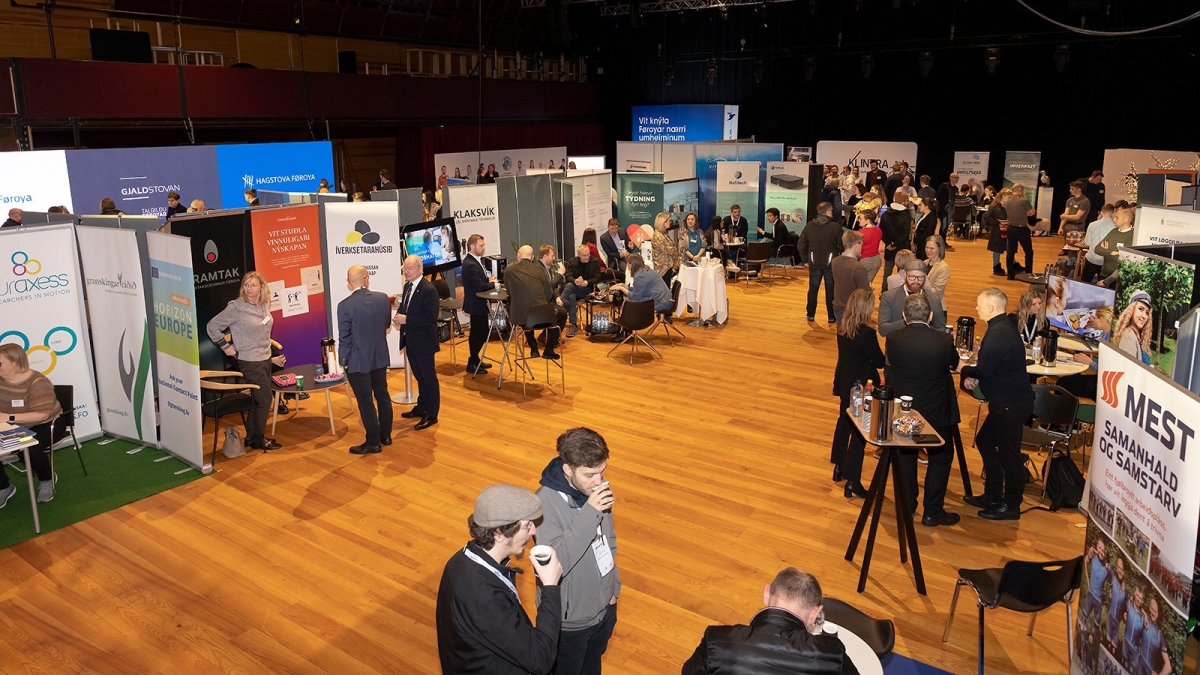Unemployment
04. Jan 2023
Unemployment still historically low

Unemployed people are registered as unemployed with the Faroese unemployment system and the social welfare services, fully available to the labour market and actively seeking work.
In November, the Faroese unemployment rate was 0.7%, which is equivalent to 220 full-time unemployed people. The rate in November 2021 was 0.8%, equivalent to 250 full-time unemployed people.
A full-time unemployed person is defined as one who is unemployed throughout a full month. If two persons are affected by unemployment for half a month each, they are converted to one full-time unemployed person for the month in question. In November, 285 people were affected by unemployment.
The trend shows that unemployment has been on a steady decline in recent years. The rate went up slightly in 2020 due to the pandemic, but it has since gone down again.
[px-graph-1]
Same rate for both sexes
Both male and female employees had an unemployment rate of 0.7% in November. This is equivalent to 120 men and 100 women in full-time unemployment. In November 2021, the rate was 0.9% for men and 0.7% for women.
[px-graph-2]
Vágar and Eysturoy have the lowest unemployment rate
The map below shows the unemployment rates by region. In November, Vágar and Eysturoy had the lowest rate at 0.4%. Sandoy had the highest rate at 1.7%.
[px-graph-3]
Lowest unemployment in age group 45-54
The lowest unemployment is in the 45-54 age group, with a rate of 0.5%. The highest rate (1.0%) is in the 25-34 age group.
[px-graph-4]
13% are long-term unemployed
The graph below shows how long people have been unemployed. In November, 33 people (13% of all unemployed people) had been out of work for more than a year. For comparison, 46 people (16% of all unemployed people) were long-term unemployed in November 2021.
[px-graph-5]
Unemployment as a concept
Statistics Faroe Islands and other statistics agencies across the world use the definitions of unemployment given by the International Labour Organisation (ILO), which is a United Nations agency.
According to this definition, the unemployment rate reflects the proportion of the labour force that does not have a job, is available to the labour market and is actively looking for work.
In the monthly unemployment reports from Statistics Faroe Islands, unemployed people are defined as those who are registered as unemployed with the Faroese unemployment system and the social welfare services and who meet the above definition of unemployment.